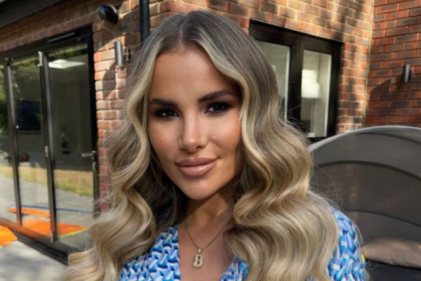There are two main types of sunscreen: those that use chemicals to block out the sun’s UV rays, and the type known as physical sunscreens, that use an actual ‘barrier’ to do the same thing.
Because of children’s delicate and often rash prone skins, particularly when it comes to skin products, it’s often safest to use a physical sunscreen, that won’t give your child an allergic reaction or rash.
Physical sunscreens contain either zinc oxide or titanium oxide, both of which are not absorbed by the skin, and therefore form a ‘layer’ of protection on the skin.
If you do opt for a chemical sunscreen, then it’s best to do a patch test on a small section of your child’s skin first – in an area that won’t cause too much trouble if your child’s skin does react.
It’s also advised that you use a sunscreen with an SPF of at least 15 (preferably higher – aim for 50) and of course, that you reapply often. That includes reapplying after every time your child is in water.
Choose broad spectrum products, that block UV A and UV B rays, and while it’s okay to choose a children’s product, remember that there is no real difference between them and the regular product you use.
When you apply sunscreen, make sure it’s in a thick layer, and that you cover all areas – especially areas that are prone to burn, like the tips of the ears and nose.
Lastly, remember that it’s only products based on zinc or titanium oxide that are technically ‘sun block.’ Other products may claim to be, but the simplest thing is to look on the ingredients list.
Because of children’s delicate and often rash prone skins, particularly when it comes to skin products, it’s often safest to use a physical sunscreen, that won’t give your child an allergic reaction or rash.
Physical sunscreens contain either zinc oxide or titanium oxide, both of which are not absorbed by the skin, and therefore form a ‘layer’ of protection on the skin.
If you do opt for a chemical sunscreen, then it’s best to do a patch test on a small section of your child’s skin first – in an area that won’t cause too much trouble if your child’s skin does react.
It’s also advised that you use a sunscreen with an SPF of at least 15 (preferably higher – aim for 50) and of course, that you reapply often. That includes reapplying after every time your child is in water.
Choose broad spectrum products, that block UV A and UV B rays, and while it’s okay to choose a children’s product, remember that there is no real difference between them and the regular product you use.
When you apply sunscreen, make sure it’s in a thick layer, and that you cover all areas – especially areas that are prone to burn, like the tips of the ears and nose.
Lastly, remember that it’s only products based on zinc or titanium oxide that are technically ‘sun block.’ Other products may claim to be, but the simplest thing is to look on the ingredients list.






